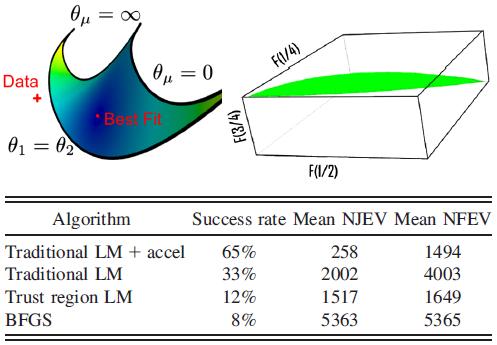Numerical Approximation
Approximation usually occurs when an exact form or an exact numerical number is unknown or difficult to obtain. However some known form may exist and may be able to represent the real form so that no significant deviation can be found. It also is used when a number is not rational, such as the number π, which often is shortened to 3.14, or √7 as ≈ 2.65. Numerical approximations sometimes result from using a small number of significant digits.
Significant Digits
Significant digits give an indication of the accuracy of a number. A digit which is 0 is significant if it is not a place holder.
Accuracy and Precision
Accuracy refers to the number of significant digits in a number.
Precision refers to the decimal position of the last significant digit.
Example:
Comparing the two numbers 0.041 and 7.673, we see that 7.673 is more accurate because it has four significant digits, where 0.041 only has two.
The numbers have the same precision, as the last significant digit is in the thousandths position for both.
Mathematical error
In applied mathematics, the difference between a true value and an estimate, or approximation, of that value. In statistics, a common example is the difference between the mean of an entire population and the mean of a sample drawn from that population. In numerical analysis, round-off error is exemplified by the difference between the true value of the irrational number π and the value of rational expressions such as 22/7, 355/113, 3.14, or 3.14159. Truncation error results from ignoring all but a finite number of terms of an infinite series.
http://www.intmath.com/Numbers/5_Approximate-numbers.php
http://en.wikipedia.org/wiki/Approximation




No hay comentarios:
Publicar un comentario